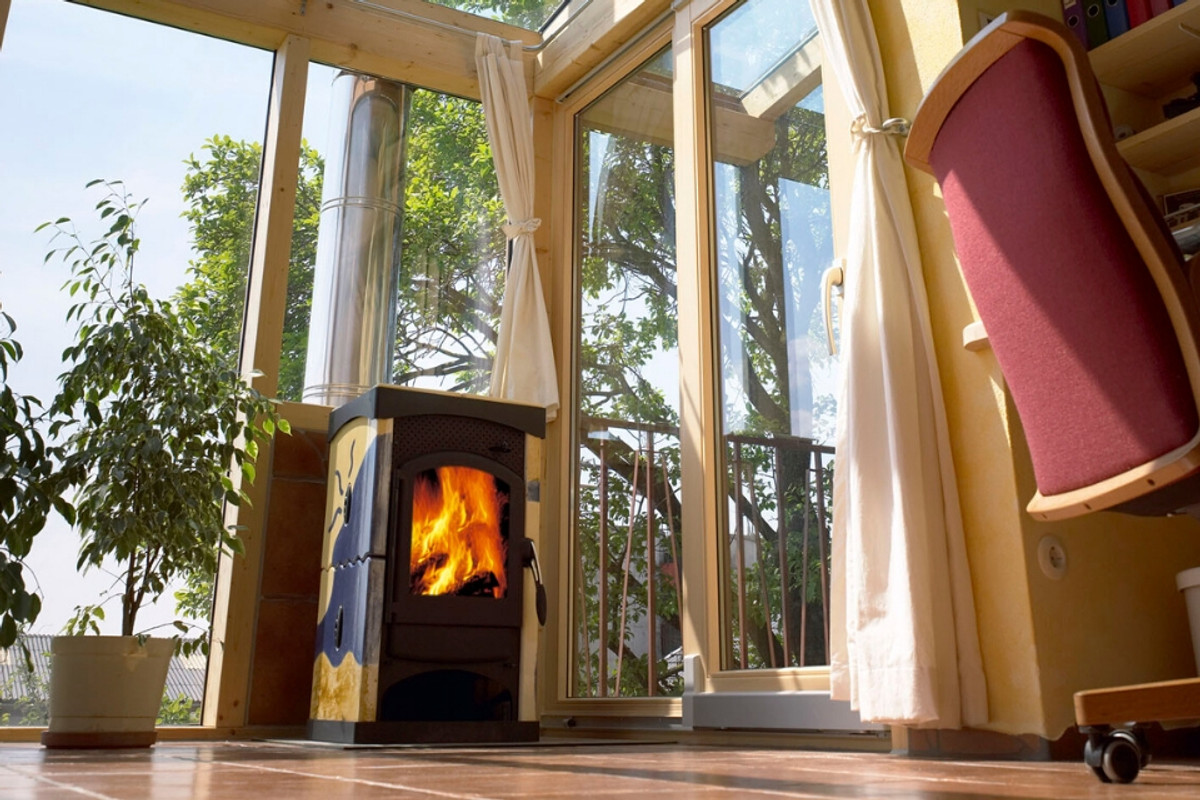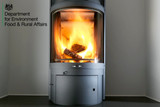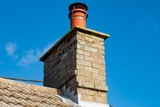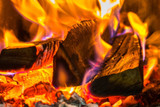How To Prevent Carbon Monoxide From Wood Stove
As the winter approaches, many people turn to their home’s heating appliances for warmth. But relatively few people dedicate time to considering whether doing so is safe. Nationwide Chimney Components looks at the dangers of carbon monoxide and what you can do to prevent the build-up.
Today, the popularity of wood-burning stoves is on the rise. People want heating equipment in their homes that not only provides warmth but also looks great. But just like regular chimney flues, wood-burning stoves can become dangerous when they don’t correctly extract carbon monoxide from your home.
The problem is more widespread than you might think. The Department of Health and Social Care estimates that more than 4,000 people visit the doctor every year because of carbon monoxide poisoning, and a further 50 die from accidental carbon monoxide poisoning. Therefore, you must take steps now to avoid dangerous levels of carbon monoxide injuries in the future.
Why CO Is So Dangerous
Carbon monoxide (CO) differs from carbon dioxide, which gives off when we exhale. The molecule has a strong affinity for the haemoglobin in our blood - the protein that binds to oxygen and transports it to all our cells. When CO enters our system, it binds to our red blood cells, preventing them from picking up the oxygen we need to survive. If enough CO gets into the blood, our body can no longer supply sufficient energy to cells, and we die.
Fortunately, most people don’t experience extreme CO poisoning in their homes. Their heating systems don’t emit enough gas. However, errant emissions can still make people feel pretty sick. Symptoms of “mild” carbon monoxide exposure include generalised depression, symptoms similar to the common cold and flu, and persistent, unexplained exhaustion.
Strangely, CO poisoning is on the rise. The Department of Health and Social Care believes that the reason could be changes in the design of homes. Energy-saving standards mean that modern properties are almost airtight. Thus, carbon monoxide from heating systems cannot dissipate into the environment quickly and tends to build up.
At the same time, the lack of draftiness means less fresh oxygen enters the home. As a result, heating systems don’t burn as cleanly, so harmful byproducts, like CO, build up more.
The trend towards installing modern chimney flues in old chimneys is also a problem. Modern heating devices, like wood burners, only work optimally if connected to the outside world via a vent with the right proportions. But older chimneys may not suffice, again leading to the build-up of toxic gases in the home.
So, how do you avoid it if you have a wood-burning stove or chimney flue in your home?
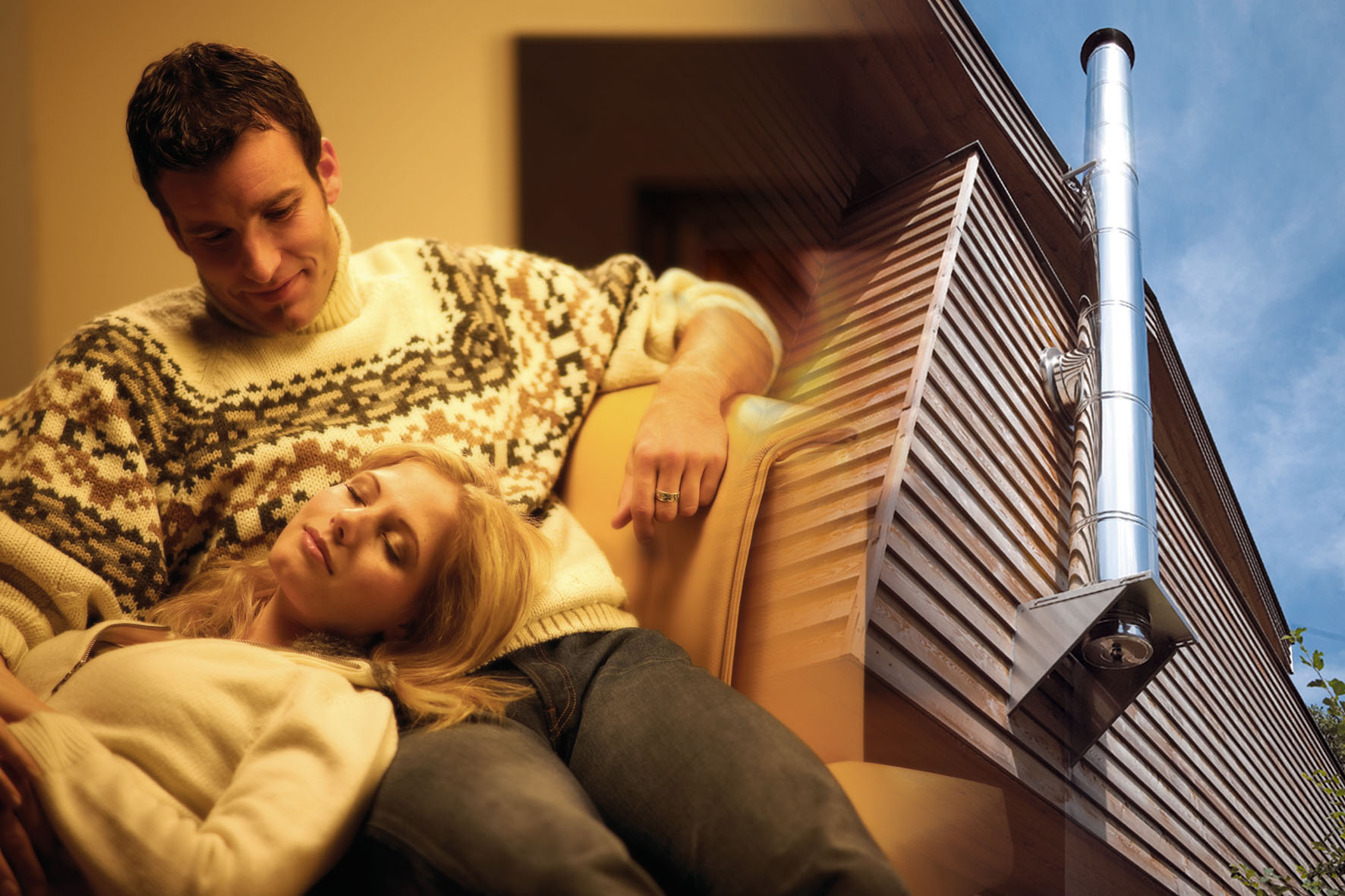
Clean Out Your Wood-Burning Stove Or Flue
Both wood-burning stoves and other non-electric home heating solutions are sources of carbon monoxide and require a flue or chimney to transport byproducts out of the home and into the atmosphere. Homeowners get into trouble when they allow these byproducts to leak back into the house, leading to potential carbon monoxide leaks. As wood burns, for instance, it gives off soot and other gases, including CO. Most of these particles escape, but some wind up coating the inside of the flue. Therefore, flues and chimneys leading from wood-burning stoves should not have cracks or problems with the seals.
Many heating solutions also rely on keeping an open airway between the fire and the outdoors. An unobstructed chimney allows air to circulate freely and lets the heating appliance or wood burner draw in new oxygen to fuel combustion.
If soot builds up too much inside the flue or chimney, this can prevent airflow and cause gases to back up. Therefore, it is a good idea to schedule regular chimney or flue sweeping services according to your appliances’ needs.

Get Your Flues Inspected Annually
Both wood-burning stoves and other combustion-based heating appliances rely on the correct shape and size of flues to emit harmful gases successfully. However, cold weather and animal invasions can damage or block these outlets, causing many of the problems discussed above.
Therefore, those who rely on wood burners to heat their homes should arrange an annual flue inspection to ensure it meets specifications and to prevent a carbon monoxide leak. You should also ensure that the flue you already have installed can meet the demands placed on it. An existing chimney may not suffice for a new heating system.
If your wood stove isn’t burning fuel as well as it once did, it could be a sign that soot deposits in the flue are blocking the flow of circulating air. Again, you’ll want to call in professionals who can sweep the flue/chimney and offer you advice on whether your existing setup is good enough for your needs.
Just remember, this job is messy. Ideally, you need professionals to do it for you. They remove the dirt and prevent potentially hazardous contaminants from entering your home.
Install A Carbon Monoxide Alarm
Regularly sweeping your chimneys and ensuring that your flues are the correct specification can help avoid CO problems. But even if everything is clean and installed according to building regulations and specifications, you may still have an issue.
And here’s where carbon monoxide alarms can help. These devices produce an audible warning if high levels of CO rise significantly over background concentrations, immediately informing you that your wood burner is emitting poisonous gas. It is recommended that you place carbon monoxide alarms on every level of your home and near sleeping areas and regularly test them to ensure functionality.
Remember, CO is an odourless and colourless gas. You cannot detect it with your senses. Installing a certified carbon monoxide detector is the only way to determine whether you have it.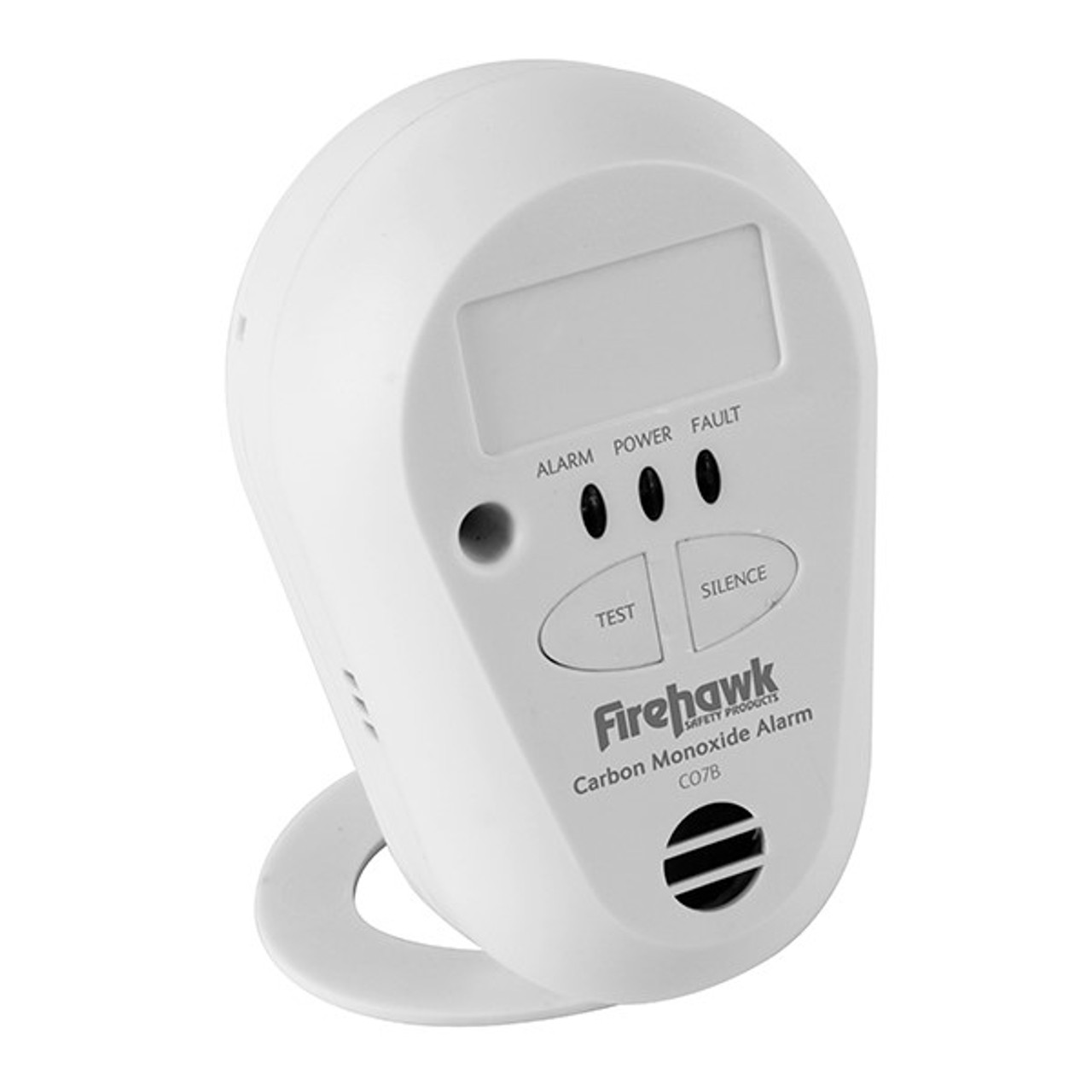
Burn The Correct Fuel
Unlike regular gas heaters, wood-burning stoves use a non-standard form of fuel, namely wood blocks. While it might look stylish, this fuel is problematic because it can vary from season to season (mainly if you collect it yourself). In contrast, natural gas burns more consistently but can produce carbon monoxide when burned incompletely. Therefore, you should use dried wood labelled as suitable for indoor wood burners. Avoid using haphazard fuel from garden clippings, as this likely falls outside of your wood burner specifications.
So, in summary, your most potent weapon against CO problems is to operate your multi-fuel stove according to specification. Make sure you get regular maintenance on your flues and chimneys. Nationwide Chimney Components can tell you whether your current setup is appropriate.
Recent Posts
-
New Wood Burning Stove Regulations for 2025
There’s a lot of confusion in the UK about wood burner regulations and if you can still install a lo …Mar 04, 2025 -
Tips for Capping a Chimney: Benefits, and Installation
Why cap a chimney? It’s to stop moisture, downdrafts and pests. This guide has everything you need t …Jul 02, 2024 -
The New Regulations for Burning Logs In Wood-Burning Stoves
The government has introduced new regulations for customers looking to burn wood in stoves, coming i …May 25, 2021

